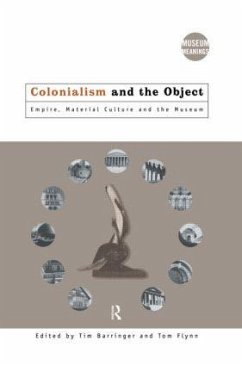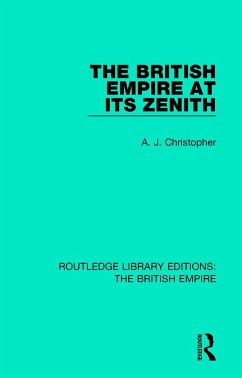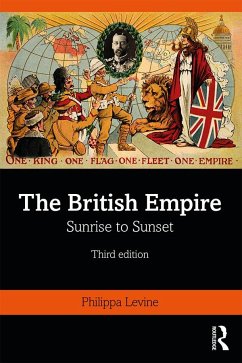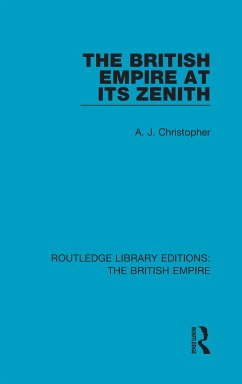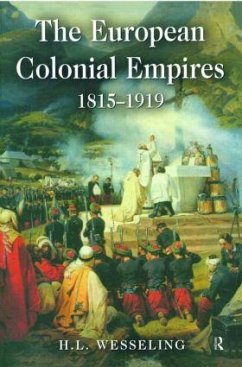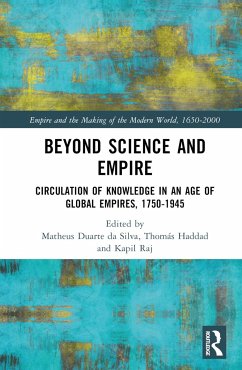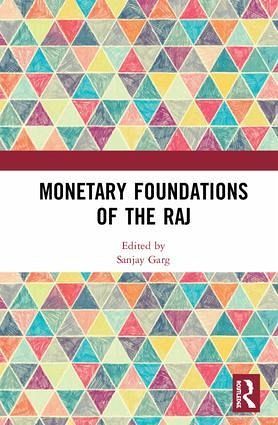
Monetary Foundations of the Raj
Versandkostenfrei!
Versandfertig in 6-10 Tagen
170,99 €
inkl. MwSt.

PAYBACK Punkte
85 °P sammeln!
In the administration of colonial finances, the monetary policy of the Imperial power relating to their dependencies has tremendous impact on the colonial economy. The British East India Company, therefore, adopted a policy of gradually subsuming the local currencies of India and replacing them with a uniform imperial currency. After passing a series of regulations, in 1835 the Company was able to introduce a universal currency in all its Indian possessions. This proved to be a landmark in the economic consolidation of the British rule in India.In this unique anthology published studies and un...
In the administration of colonial finances, the monetary policy of the Imperial power relating to their dependencies has tremendous impact on the colonial economy. The British East India Company, therefore, adopted a policy of gradually subsuming the local currencies of India and replacing them with a uniform imperial currency. After passing a series of regulations, in 1835 the Company was able to introduce a universal currency in all its Indian possessions. This proved to be a landmark in the economic consolidation of the British rule in India.
In this unique anthology published studies and unpublished archival records have been integrated into an overall theme. Together with a comprehensive bibliography-cum-list for further readings this volume is aimed to serve as a veritable reference tool.
In this unique anthology published studies and unpublished archival records have been integrated into an overall theme. Together with a comprehensive bibliography-cum-list for further readings this volume is aimed to serve as a veritable reference tool.




